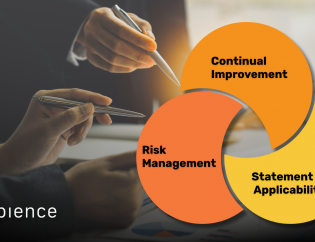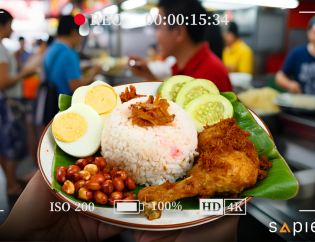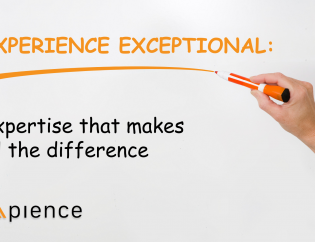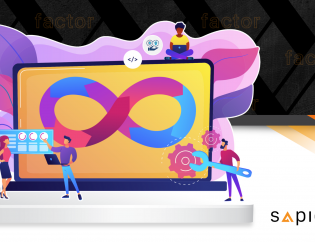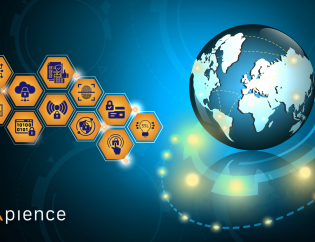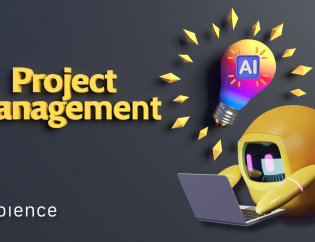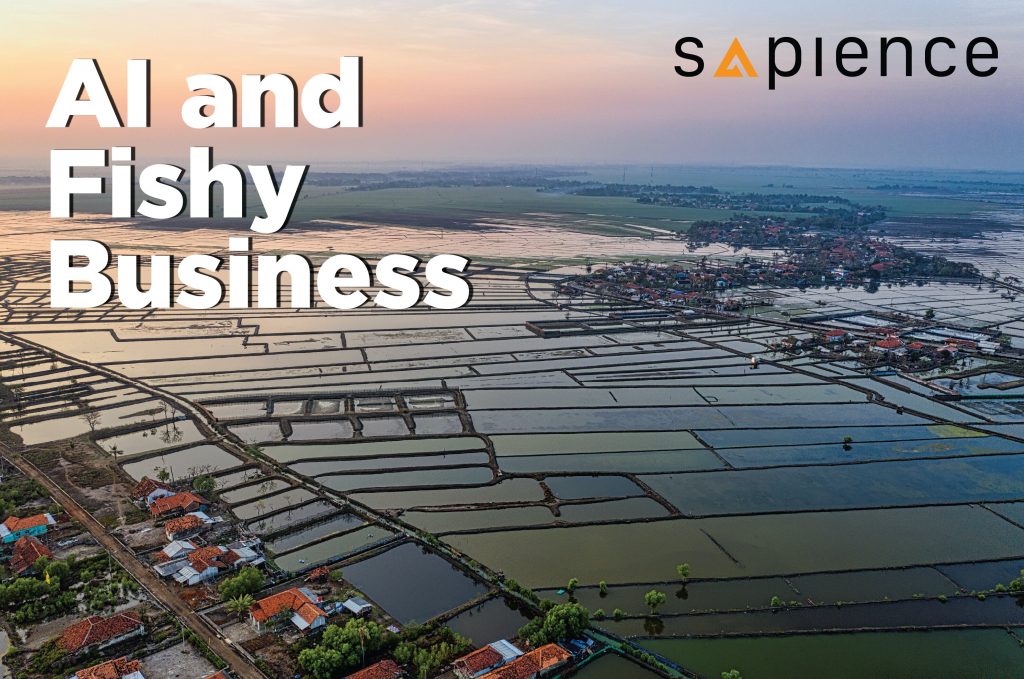
Here is a commercial fish farm that I cycle by every weekend in Taoyuan, Taiwan (north of Taiwan). It is as large as 2 Olympics-sized swimming pools and has about 10,000 Tilapias in it – how did I know? Once I stopped by and had a chat with the owner, a man well in his 80s who attends the farm daily without any breaks all year round. He arrives at the farm in the afternoon every day and is joined by retirees from the nearby area. The owner would pass several hours there to perform his daily tasks at the farm while his entourage would chit chat over tea.
Given his age, I thought that he was managing his tasks admirably. However, he then proceeded to explain some crucial things I was not aware of. There were many factors such as water quality, temperature, theft and equipment failure that requires him to be present in order to react as quickly as possible. His family has owned the farm for more than 100 years, and his children’s disinterest in continuing the legacy is a concern. They viewed the business running the farm as old-fashioned, tedious and labour intensive. It was unattractive.
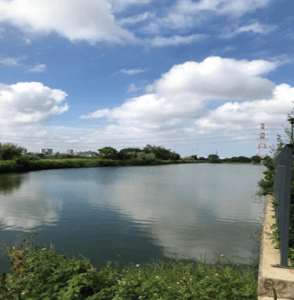
Baosia (meaning ‘Precious Prawns’) fish farm, located in Jiayi, Taiwan (South Taiwan), was facing similar challenges. Extreme weather (I recall in 2021, we could see snow at the top of the mountains from the city for the first time in a long time, the longest drought in many years was also experienced and the highest/lowest temperature records were broken repeatedly), ageing workforce, labour shortage, fluctuating fry survival rates and experience/knowledge transfer difficulties.
The Fisheries Agency of the local and central governments, with the help of two universities, started an aquaculture digitalization program in 2017. Some of the efforts they employed were
Use IoT (Internet of Things) devices to monitor and control water quality
Set up micro weather stations to detect and respond to specific weather conditions
Installed smart electricity distribution boxes to modulate energy usage
Used real-time site monitoring, capturing video/data and routing it to a command centre.
The fundamental technologies that enabled this are IoT, Big Data and Artificial Intelligence.
30 fish farms have participated in the program, which subsidies half of the digitalization project costs (up to USD 35,000). The university researchers visit the farms every month to oversee the progress and fine-tune the data to be collected and related processes. At least 15 farm owners have also joined a working committee to actively share experience and exchange ideas.
Baosia fish farm has become the beacon of success among the program participants. Their significant achievements include,
Forward-looking operations enabled by data and Artificial Intelligence. This is based on the collected environmental data coupled with learning models and research findings. The farm operators were able to accurately forecast 1 week ahead the water quality and weather variations to continually adapt the feeding and operating procedures.
Better risk mitigation through not only coping with dramatic weather changes (e.g. extreme cold/hot weather and heavy rain) but also mitigating equipment failure, human negligence and the occasional acts of sabotage.
Enabled remote virtual operation via the command centre and smartphones. The operators can monitor and control pumps, feeds, water, oxygen levels on demand anytime, anywhere and initiated by an authorised specialist. The operators are no longer required to be physically present at the farm every day.
Improved returns and cost savings. Since the adoption of the program, the fry survival rate of the Atlantic pomfret (Brama brama) has increased from 60-70% to 90%. The electricity bill has also dropped by USD 70 per acre per month!
The program has budgeted USD630,000 in 2022 to assist more fish farms to digitalize their operation. By committing resources and facilitating the collaboration among academic, farming and public sectors, the government has demonstrated the drive to modernize this traditional industry.
For my next bike ride, I plan to strike up a new conversation with the local fish farm owner. I am certain he shows up to the farm these days not specifically for work, but to enjoy a hot cup of tea and banter with his friends!
Author: Huang Yi Jen (Sapience Consulting)
References (local news sources) –
https://news.sina.com.tw/article/20220309/41353802.html
https://www.cna.com.tw/news/aloc/202203090268.aspx
Baosia Fish Farm Facebook Page-
https://www.facebook.com/twbaosia/about/?ref=page_internal
Learn more about the future of technology in Fintech, Big Data and Artificial Intelligence with these available courses today!


